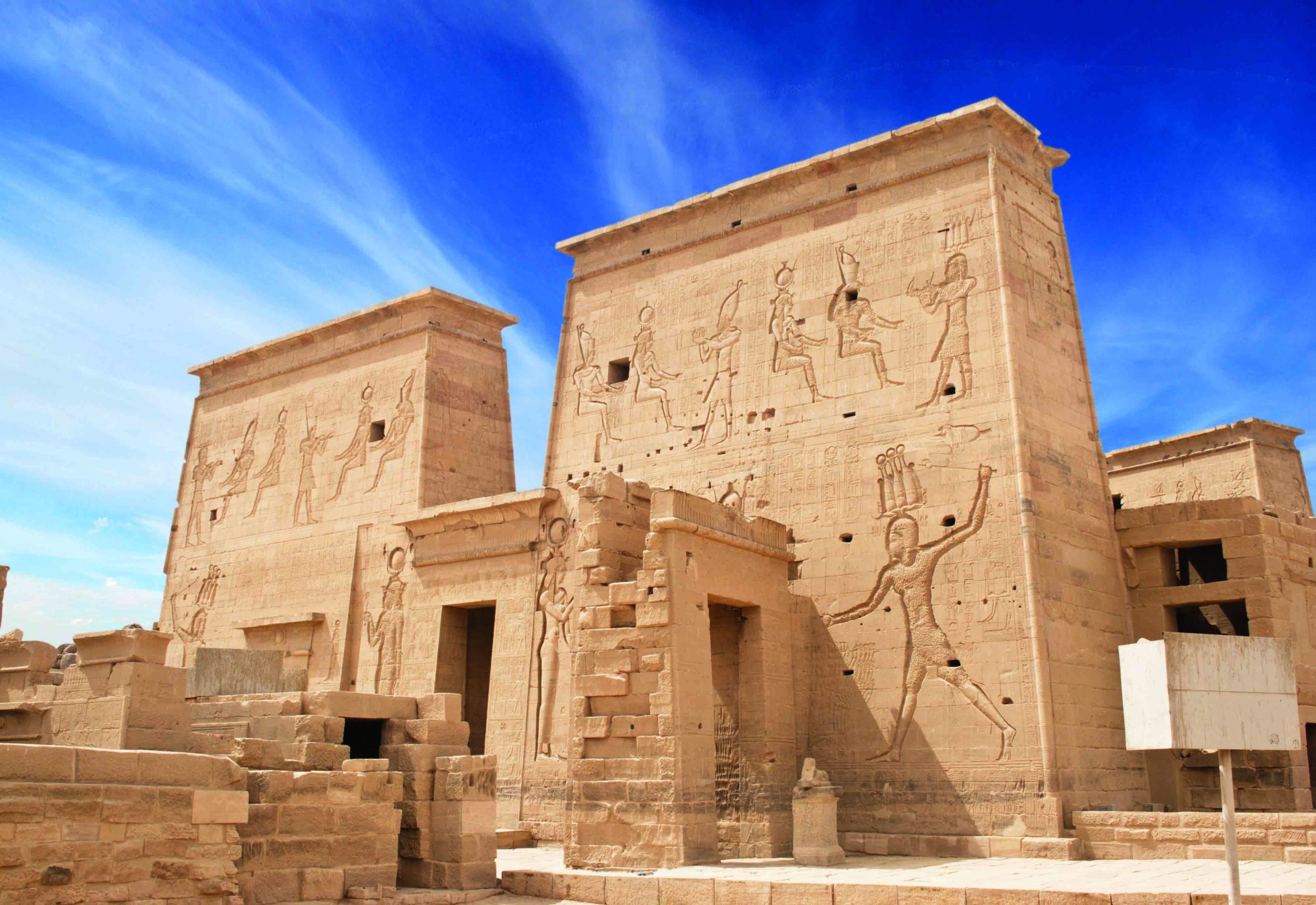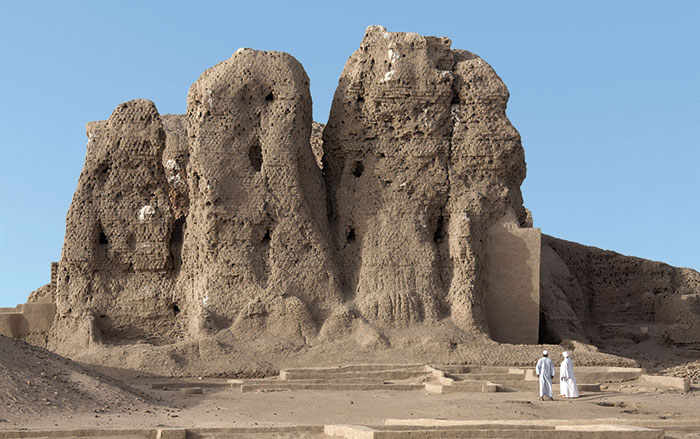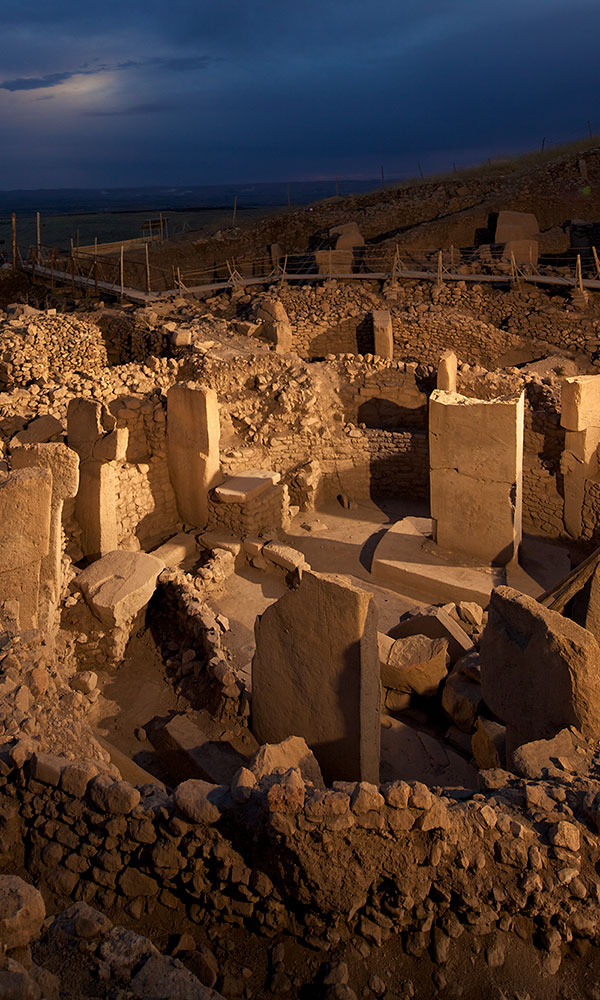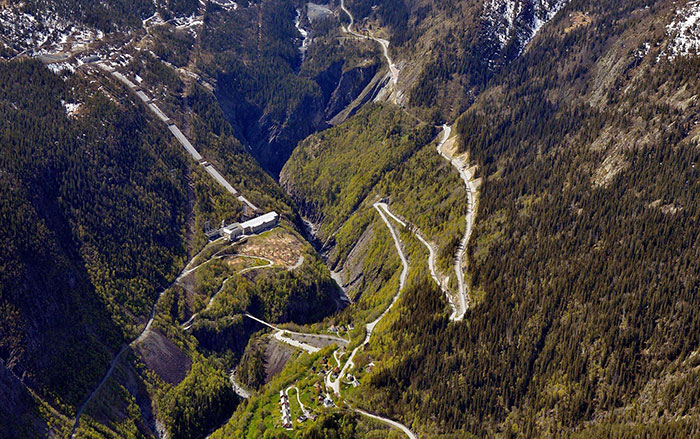
LONDON, ENGLAND—According to a report in Live Science, additional pieces of a 2,600-year-old statue have been discovered in a temple dedicated to the Egyptian god Amun at the site of Dangeil, which is located along the Nile River in Sudan. Inscriptions written in Egyptian hieroglyphics on the newly uncovered pieces of sculpture have allowed archaeologists to identify the statue as depicting Aspelta, who ruled Kush between 593 and 568 B.C. The inscription describes Aspelta as beloved of the Egyptian sun god, and king of Upper and Lower Egypt, even though one of Aspelta’s predecessors had lost control of the country to the north some 100 years earlier. Julie Anderson, an assistant keeper at the British Museum, said Sudan’s kings may have kept the title of ruler of Upper and Lower Egypt “as general assertions of authority using the traditional titles, and not a claim to Egypt.” Based upon the pieces of Aspelta’s statue that have been found to date, the researchers estimate it stood approximately half life-size. The excavation is a project of the National Corporation for Antiquities and Museums, Sudan, in cooperation with the British Museum and is sponsored by the Qatar-Sudan Archaeological Project. To read in-depth about the temple at Dangeil, go to “The Cult of Amun.”











